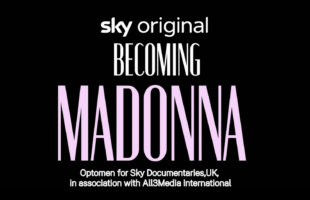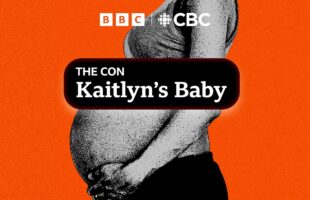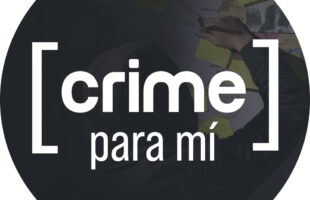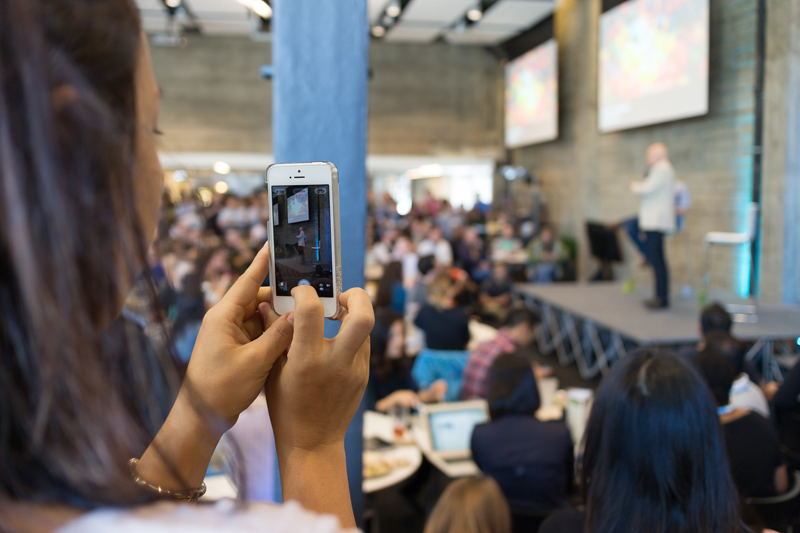
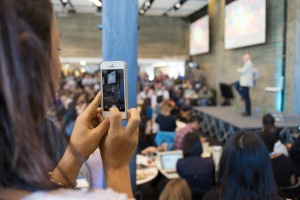
The introduction of social media has enabled television content to be more accessible and shared in many ways. Today, television has an interactive element to it with live tweeting starting conversations even before a programme is aired. Broadcasters actively use social media to engage with audiences to enhance their viewer experience – it is almost safe to say that social media is a necessity to promoting content. Some broadcasters also incorporate social media within their programme by enabling live tweets to be seen across television; especially during formats, reality shows and selected dramas.
One of the booming social media avenues is Twitter, an online social networking service that enables users to send and read a 140-character message called ‘tweets’. Users can click the ‘retweet’ button to share a message and can group posts together by the use of ‘hashtags’- words or phrases that are prefixed with a # sign.
“The great news is that broadcasters across the region, from Japan to India to Australia, understand the value of social TV conversations and have embraced Twitter across their TV shows including scripted, reality TV and live broadcasts in 2015,” says Rishi Jaitly, VP, Media, Asia-Pacific & Middle East. “There is overwhelming demand from broadcasters to tap into the social TV trend and Twitter is the ideal platform for TV conversation because it is public, live, conversational and easily distributed.”
With an estimated 320 million monthly active users on Twitter, broadcasters worldwide are taking the advantage to better engage with their fans. The hashtag feature on Twitter groups the relevant tweets together so that a user can follow and contribute to what others have to say. This enables broadcasters to create conversations with fans for a particular programme at real time.
Pairing Twitter with TV
Twitter has worked with the biggest broadcasters across Asia-Pacific to engage with influential TV fans on Twitter, and inject their best video content into Twitter’s real-time conversations, straight from TV to mobile devices.
In May 2013, Twitter Amplify was launched, enabling television networks and content rights holders to share video clips from major live broadcasts with the advertiser’s names and messages playing before the clip. Broadcasters will put their premium TV content on Twitter, while advertisers can sponsor in-Tweet video clips to promote the TV content to their target audience on Twitter. “Broadcasters benefit by monetising their premium content as well as increasing their reach and engagement on Twitter. It’s a win-win for both sides and we’ve seen some amazing success across the region, such as the ABS-CBN and McDonald’s Amplify deal in the Philippines, the first-of-its-kind in Southeast Asia,” Jaitly says.
The campaign in the Philippines saw ABS-CBN was tweeting live television content and McDonald’s running a series of Promoted Tweets (paid tweets that will appear on a targeted Twitter user’s timeline). Besides watching the competition on TV, students from the eight competing universities also followed #UAAPCDC2015 conversations on Twitter and tweeted #McDoBonFries for a chance to win free fries for their school.
Last year, The Bachelor Australia had generated 7 million impressions during its 2015 finale, breaking records as the most tweeted episode of non-sport TV series in Australia, according to Nielsen Twitter TV Ratings (NTTR). An exclusive thank you video message from the Bachelor and his new love at the end of the season was posted on Twitter, reaching up to more than 700 likes and nearly 400 retweets.
Over in India as fans waited for season 9 of Bigg Boss, Twitter provided a window into the excitement across the country. More than 80,000 tweets were made on the day of the premiere episode, positioning the new season as one of the biggest TV moments of the year on Twitter in the country. Conversations on #BB9 has increased by more than 100% over the previous premiere episode day.
In the Philippines, ‘AlDub’, a supercouple that appears in the noontime variety show, Eat Bulaga! successfully trended daily on Twitter. On 26 September 2015, #ALDubEBforLOVE first reached the record-breaking tweets on Twitter with 25.6 million tweets made in just a day. A month later on 24 October during the Tamang Panahon charity concert, the #ALDubEBTamangPanahon hashtag further broke record by raking up 41 million tweets. The previous record was held during the Brazil vs Germany World Cup semi-final on 8 July 2014 with 35.6 million tweets made.
The Tamang Panahon charity concert also saw the Eat Bulaga! producers using Twitter’s Periscope (a live video streaming app) to give fans exclusive behind-the-scenes access with live videos. Producers and stars were able to communicate with their fans from the backstage exclusively on Periscope.
In 2014, Twitter had acquired SnappyTV, a service that allows for live clipping, editing and quick and easy distribution from live broadcasts at real-time. Users can provide videos of key, highly shareable moments from huge sporting events, red carpet galas and other real-time events in the moment. The acquisition will see these clips embeddable directly in tweets.
“Twitter has always had a special relationship with TV – we share the same attributes such as live, public, conversational and distributed. We have a great deal of success complementing, not competing, with the TV industry by being the social soundtrack to television,” Jaitly elaborates.
The Twitter outlook in 2016
“Looking at video across all three of our platforms, views grew 150X across Twitter, Periscope and Vine over the last six months (as at January 2016),” Jaitly says. “2016 will be an exciting year as we’ll continue to see an explosion of high-engagement video consumption on our platforms, especially live video. With their premium video content offerings, the TV industry will be a central part of this trend in 2016.”
Image credit: Copyright Bart Teeuwisse (@bartt) for Twitter, Inc.


